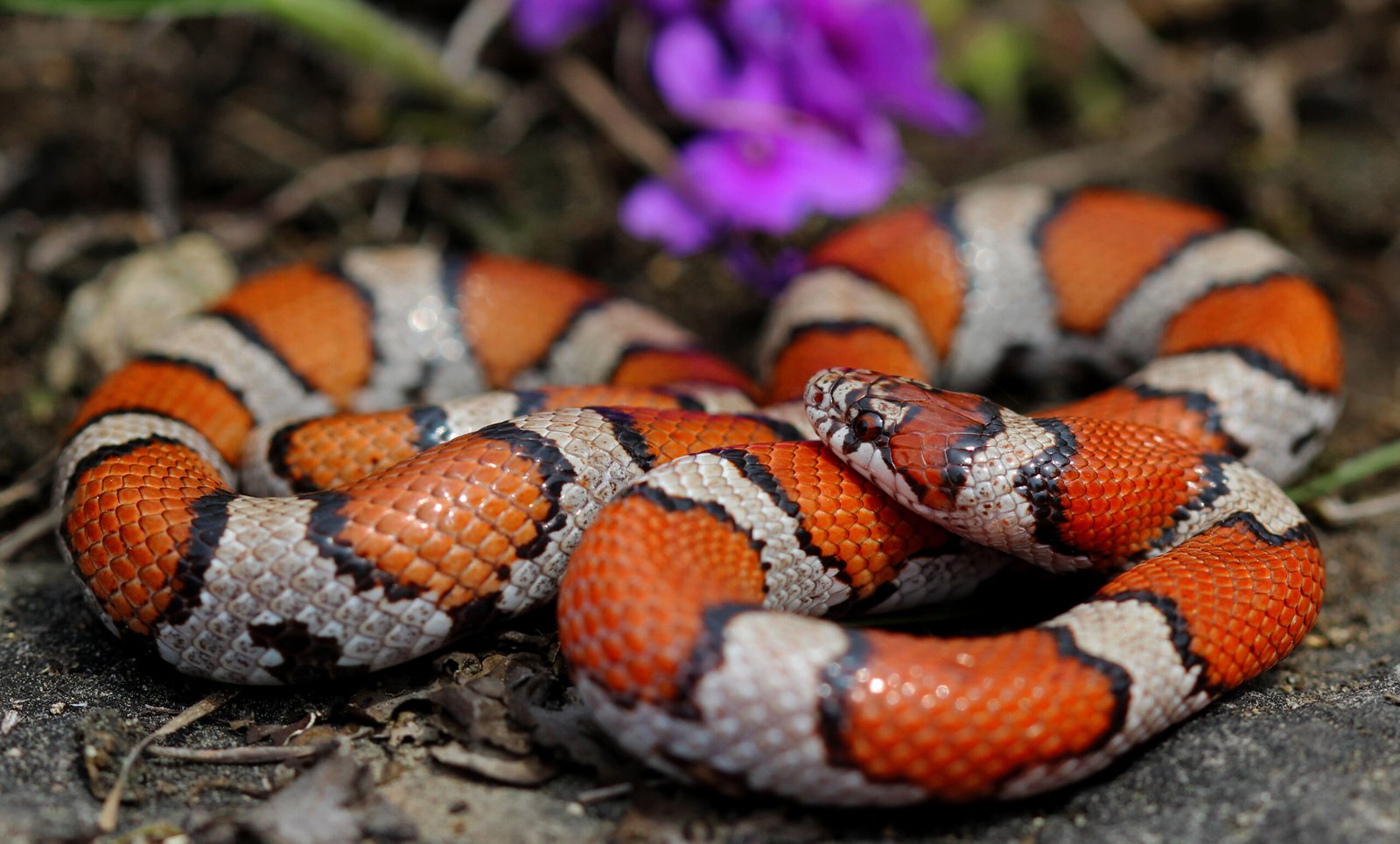Snakes are fascinating creatures that have slithered their way into the hearts of many animal enthusiasts. With their sleek bodies and mesmerizing patterns, they offer a unique pet experience that is unlike any other. However, not all snakes are created equal when it comes to being the perfect pet. Some are gentle and easy to care for, while others can be a challenge even for the most experienced snake keepers. Whether you’re a seasoned herpetologist or a curious beginner, understanding which snakes are best suited for domestication can make all the difference. In this article, we’ll explore eight snakes that make excellent pets and five that you might want to avoid.
1. Ball Python: The Gentle Giant
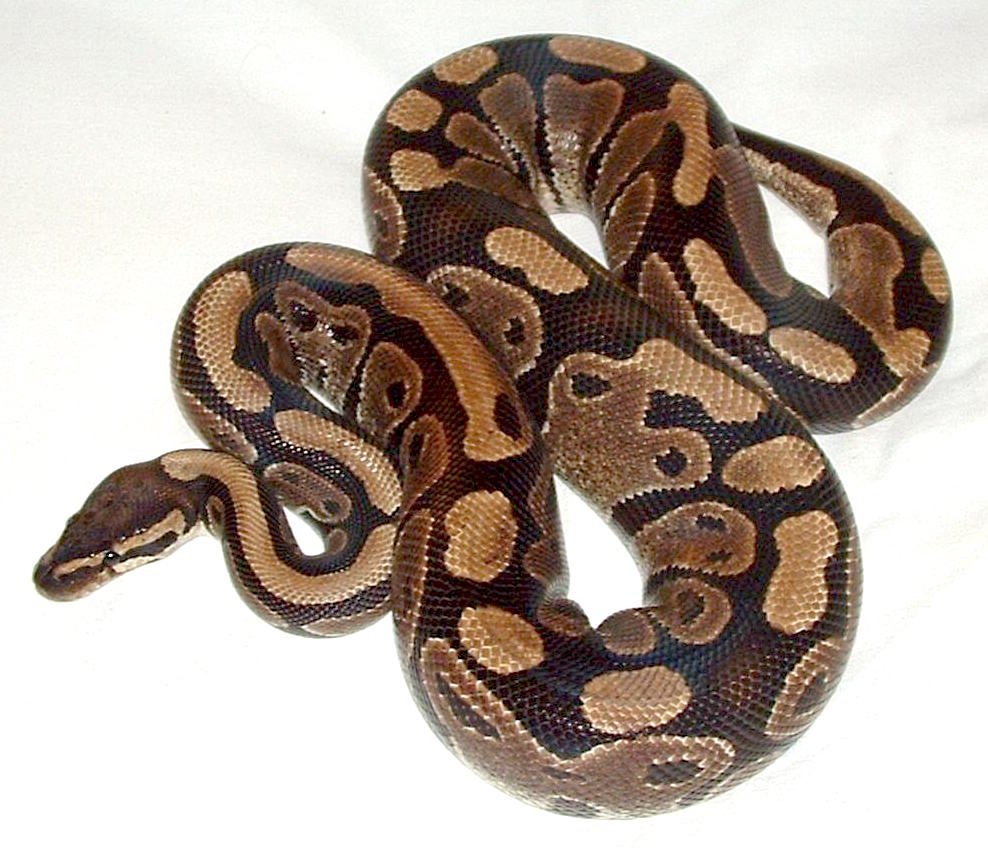
Ball Pythons are often hailed as the quintessential beginner snake. With their docile nature and moderate size, they are a favorite among snake enthusiasts and newcomers alike. These snakes are known for their unique defensive posture, curling up into a tight ball when threatened, hence their name. They are relatively easy to care for, requiring a simple diet of rodents and a habitat that mimics their natural environment. Ball Pythons come in a variety of colors and patterns, which makes them even more appealing to collectors. Their calm demeanor makes them great for handling, making them an ideal choice for families and individuals alike.
2. Corn Snake: The Colorful Companion
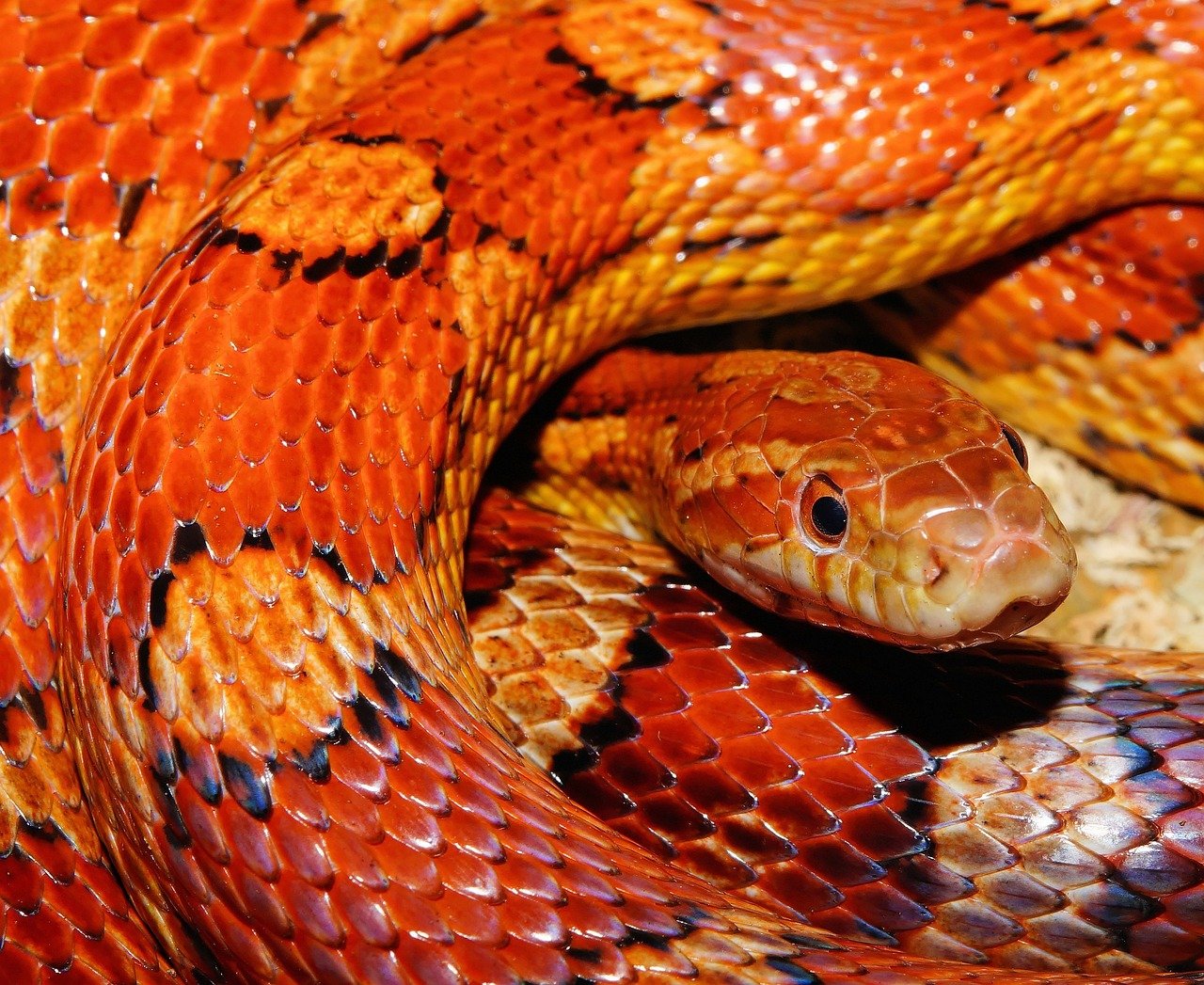
Corn Snakes are another popular choice for those looking to dive into the world of reptile ownership. These snakes are not only beautiful, with their vivid orange and red scales, but they are also incredibly easy to care for. Corn Snakes are known for their adaptability and can thrive in various conditions, making them a low-maintenance option. They are generally very calm and rarely bite, which makes them excellent for handling. Their manageable size and gentle nature make them a perfect pet for beginners and seasoned reptile lovers.
3. California Kingsnake: The King of Adaptability
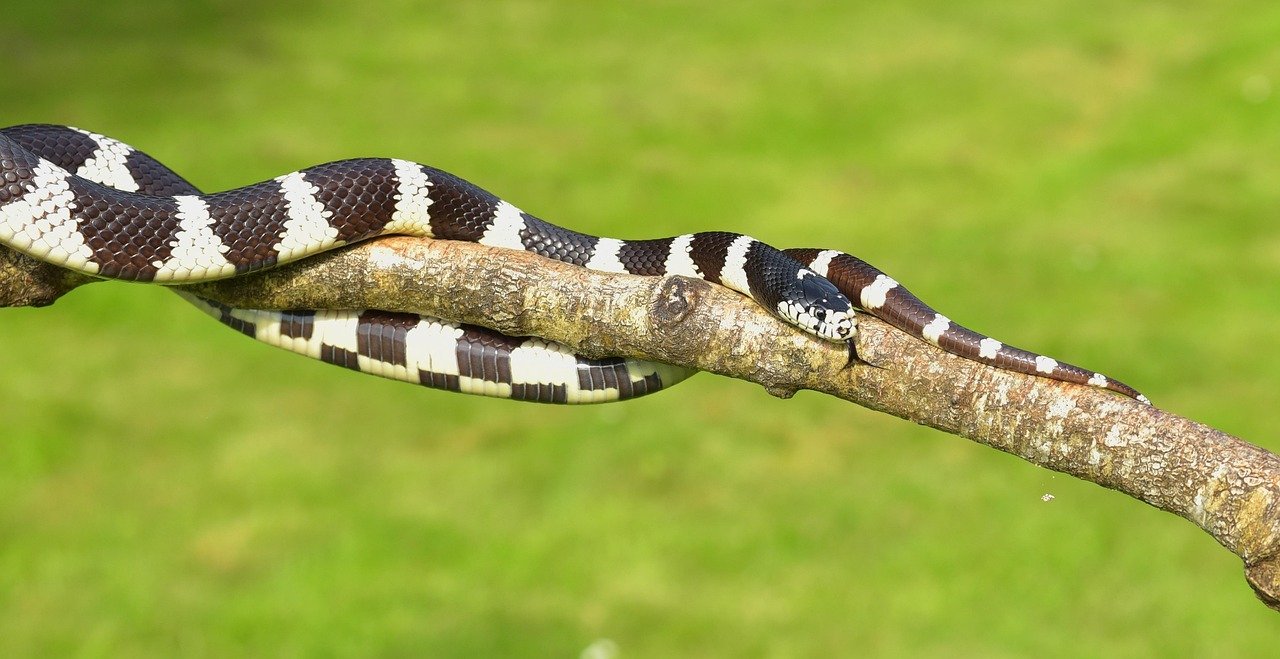
The California Kingsnake is renowned for its striking appearance and adaptable nature. These snakes are hardy, able to thrive in a variety of environments, and are relatively easy to care for. They are known for their beautiful black and white banding, which is sure to captivate any snake enthusiast. While they can be a bit more active than some other pet snakes, they are still relatively easy to handle. Their varied diet, which can include rodents, birds, and even other snakes, makes them a fascinating pet for those interested in observing natural behaviors.
4. Milk Snake: The Mimic Marvel
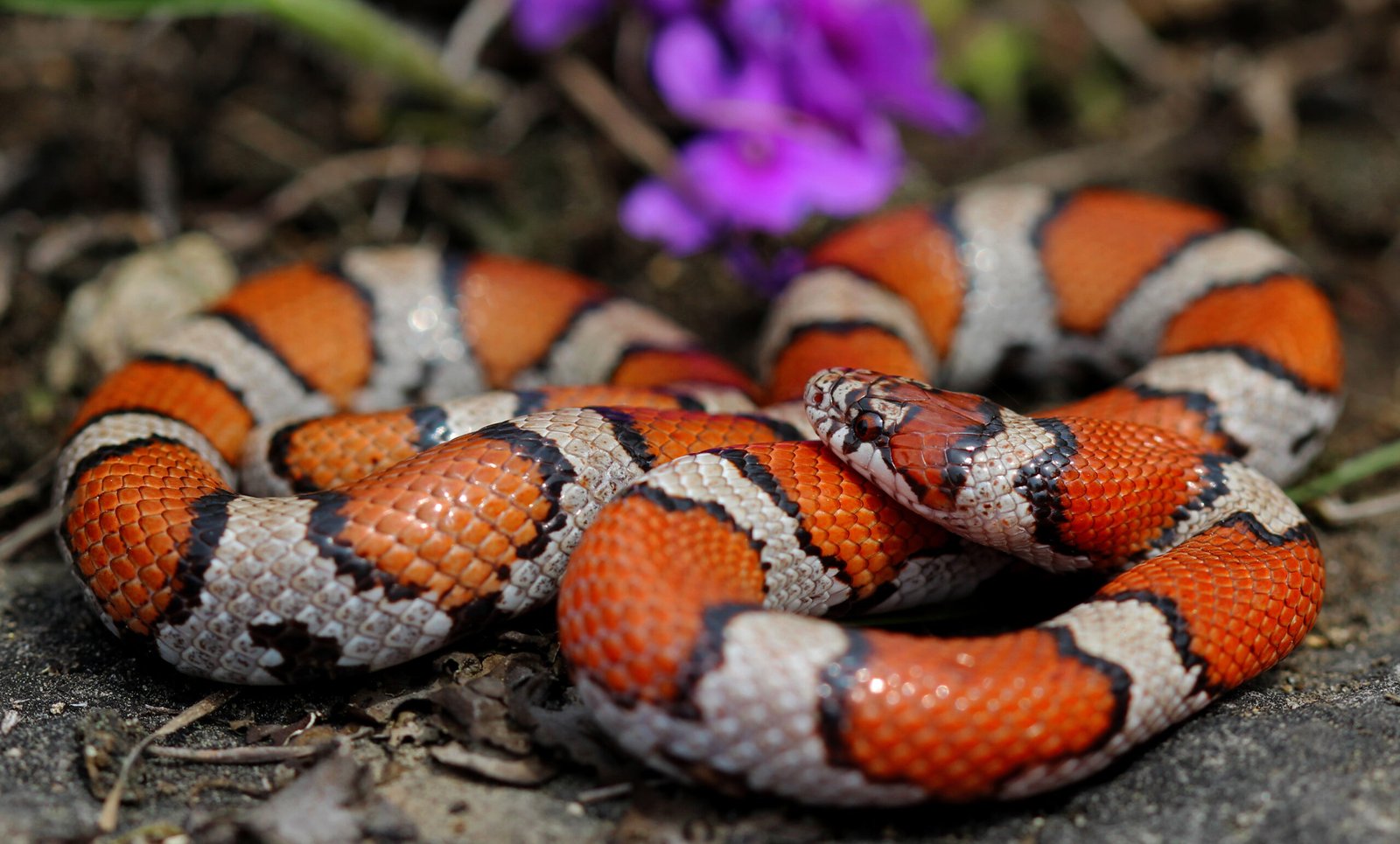
Milk Snakes are often mistaken for the venomous Coral Snake due to their similar coloration, but they are entirely harmless. These snakes are popular for their vibrant red, black, and yellow patterns that make them a striking addition to any collection. Milk Snakes are generally easy to care for and have a calm temperament, making them suitable for handling. They are known for their adaptability and thrive in captivity with a diet of mice or rats. Their mesmerizing appearance and gentle nature make them a favorite among snake enthusiasts.
5. Garter Snake: The Beginner’s Friend
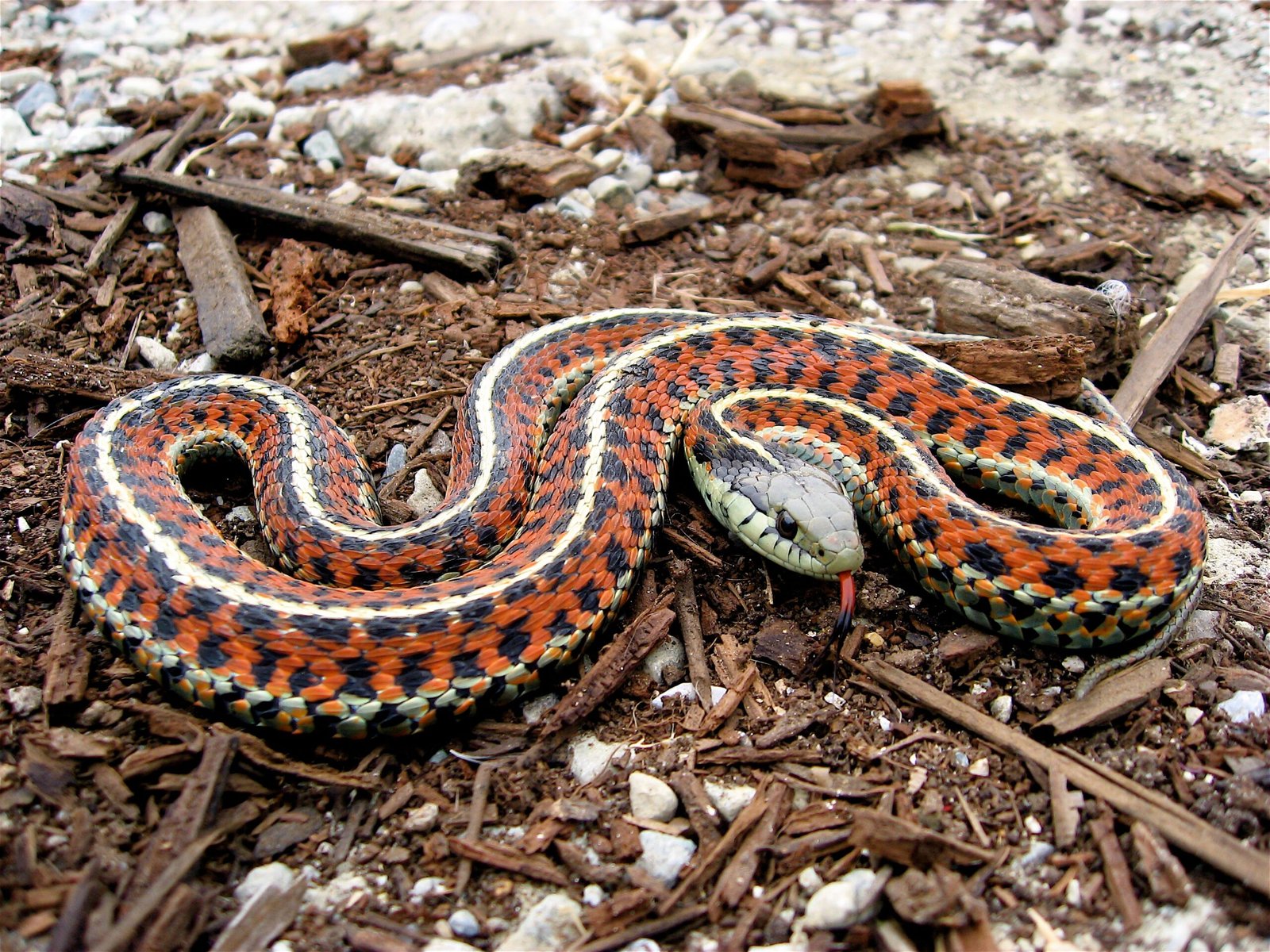
Garter Snakes are one of the most widely distributed snakes in North America and are often the first snake that many people encounter in the wild. Their small size and docile nature make them a great choice for beginners. Garter Snakes are known for their distinctive stripes that run the length of their bodies, giving them a unique appearance. They have a varied diet that can include earthworms, amphibians, and small fish. These snakes are generally very tolerant of handling, making them a great pet for families with children.
6. Rosy Boa: The Desert Jewel
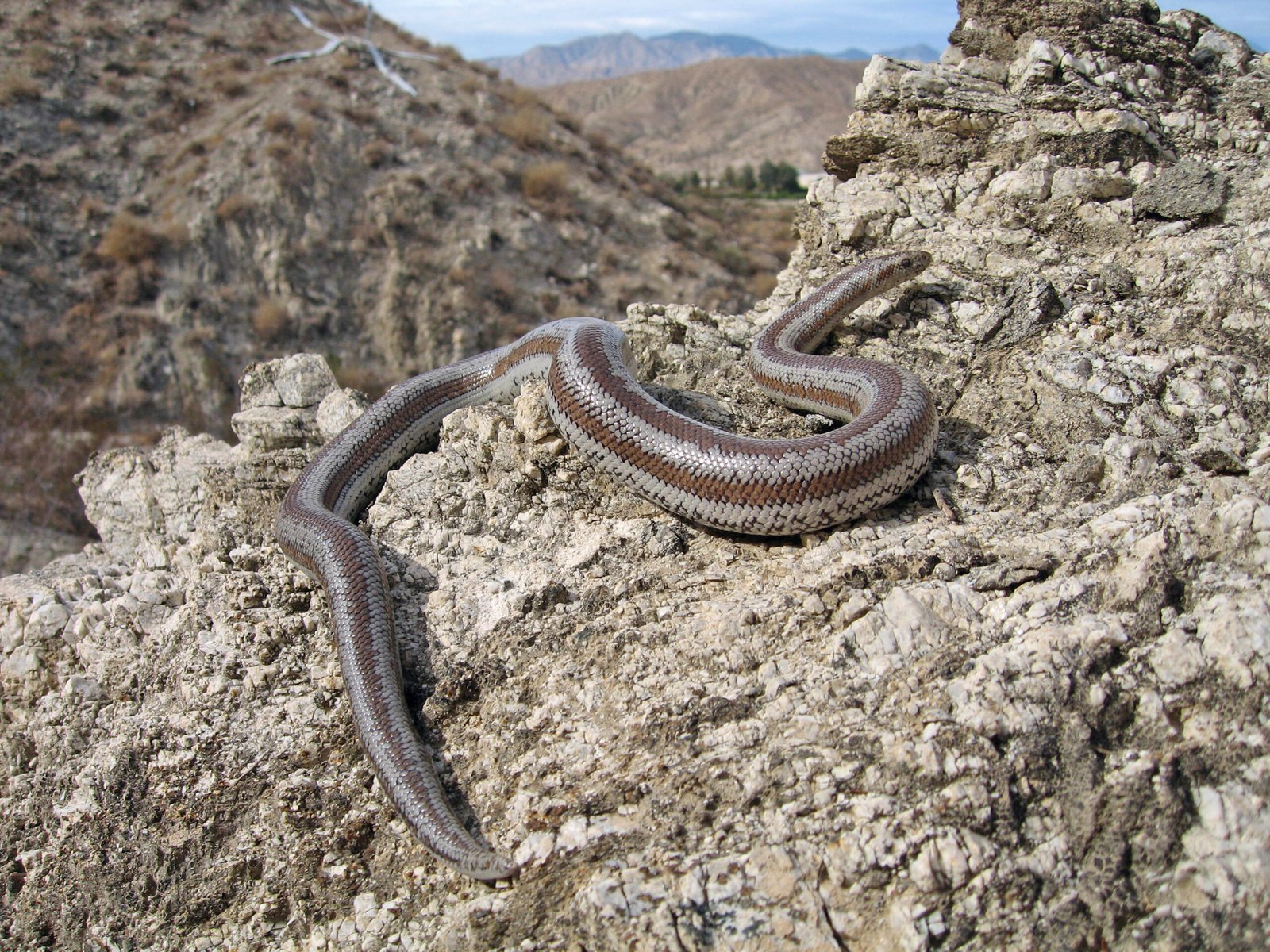
The Rosy Boa is a small, gentle snake that is native to the southwestern United States and northwestern Mexico. They are known for their beautiful coloration, which can range from rosy pink to deep orange. Rosy Boas are easy to care for, requiring a simple setup that mimics their natural desert environment. These snakes are generally very docile and are known for their slow, deliberate movements, making them a joy to handle. Their manageable size and calm nature make them an excellent choice for both beginners and experienced snake keepers.
7. Kenyan Sand Boa: The Burrowing Beauty
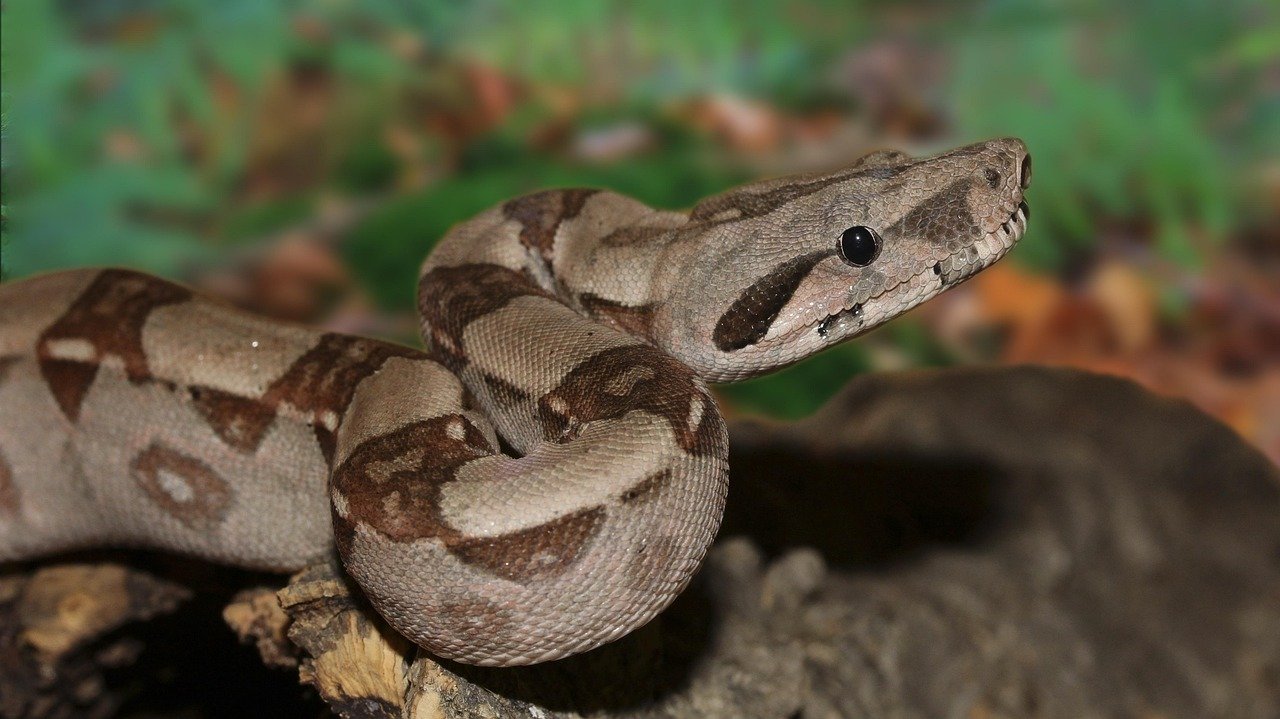
Kenyan Sand Boas are small, burrowing snakes that are native to the arid regions of East Africa. They are known for their unique appearance, with a stout body and small eyes that give them a charming, almost comical look. These snakes are relatively easy to care for and have simple habitat requirements. Kenyan Sand Boas are generally very docile and are known for their gentle temperament, making them great for handling. Their burrowing behavior is fascinating to observe, making them a favorite among snake enthusiasts.
8. Children’s Python: The Perfect Starter Python
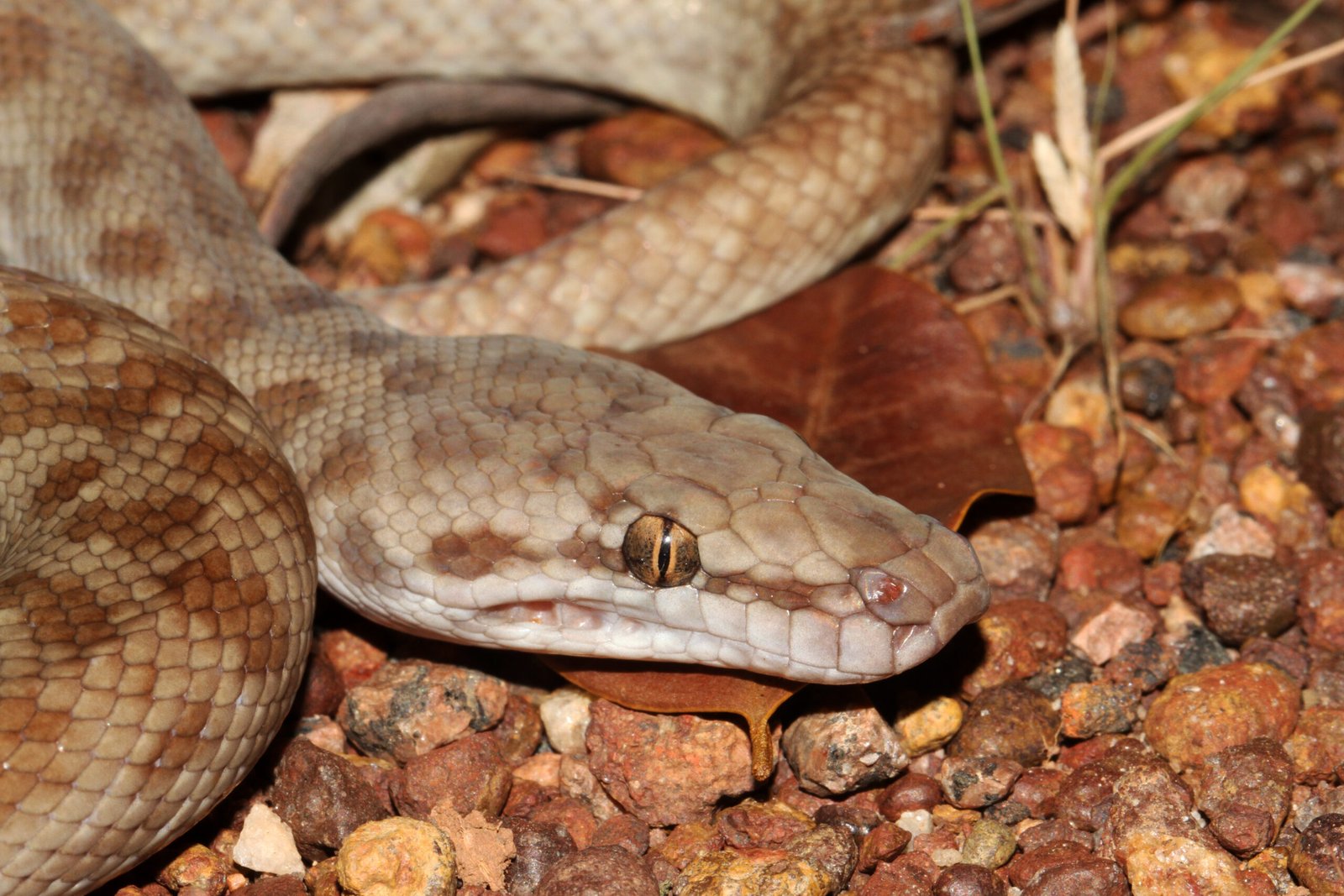
Children’s Pythons, named after the scientist John George Children, are small, gentle snakes that are native to Australia. They are known for their calm demeanor and are often recommended as a great first python for beginners. These snakes are relatively easy to care for and thrive in captivity with a simple setup. Children’s Pythons are generally very tolerant of handling and have a pleasant, docile nature. Their manageable size and gentle temperament make them an excellent choice for those new to snake ownership.
9. Burmese Python: The Giant Challenge
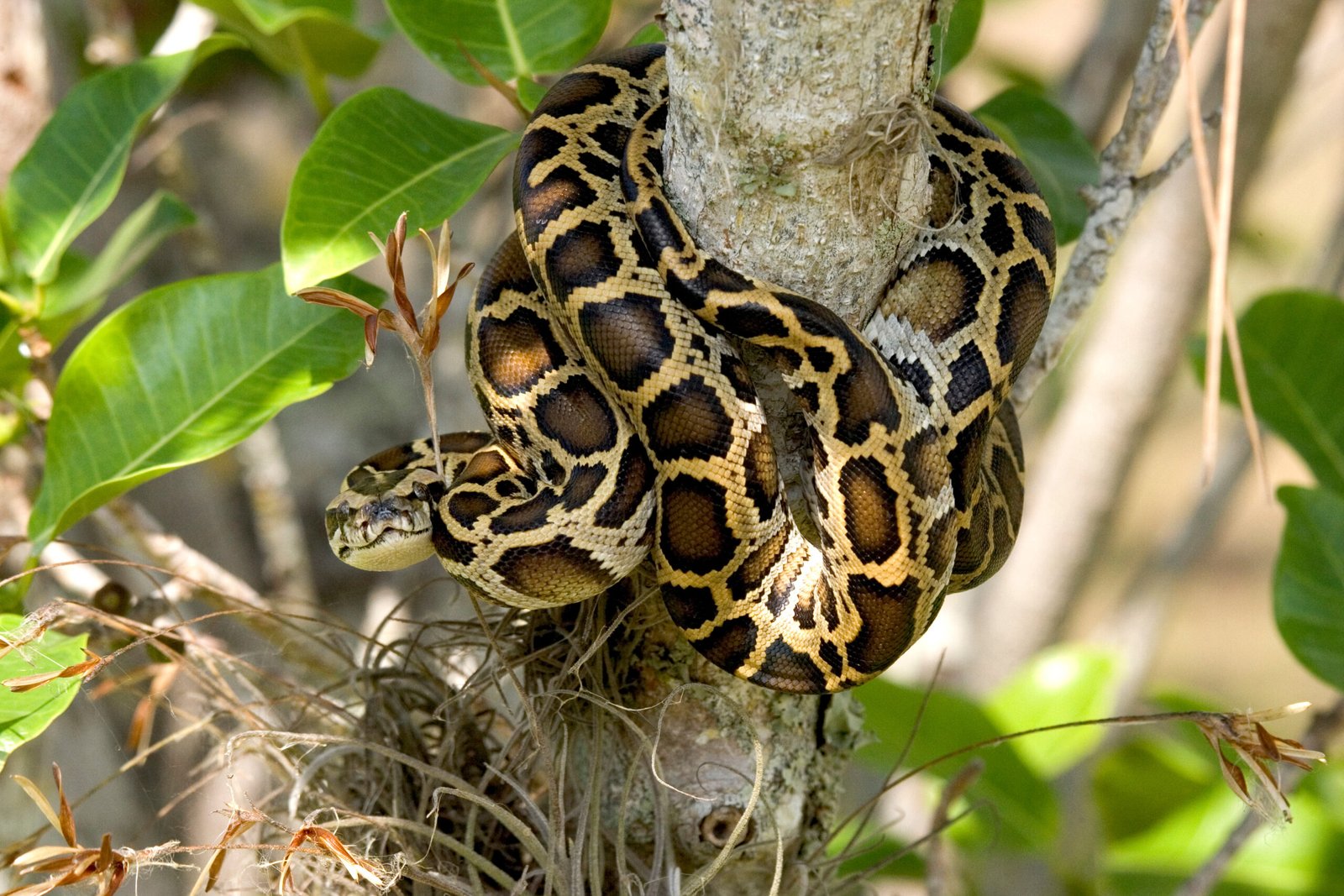
Burmese Pythons are impressive creatures, but their massive size makes them a challenging pet for most people. These snakes can grow to be over 20 feet long and require a substantial amount of space and resources to care for properly. They have a voracious appetite and can be dangerous if not handled correctly. Burmese Pythons are not recommended for beginners or those without significant experience in handling large snakes. Their size and strength can pose a risk to both the owner and the snake itself, making them a poor choice for most pet owners.
10. Reticulated Python: The Escape Artist
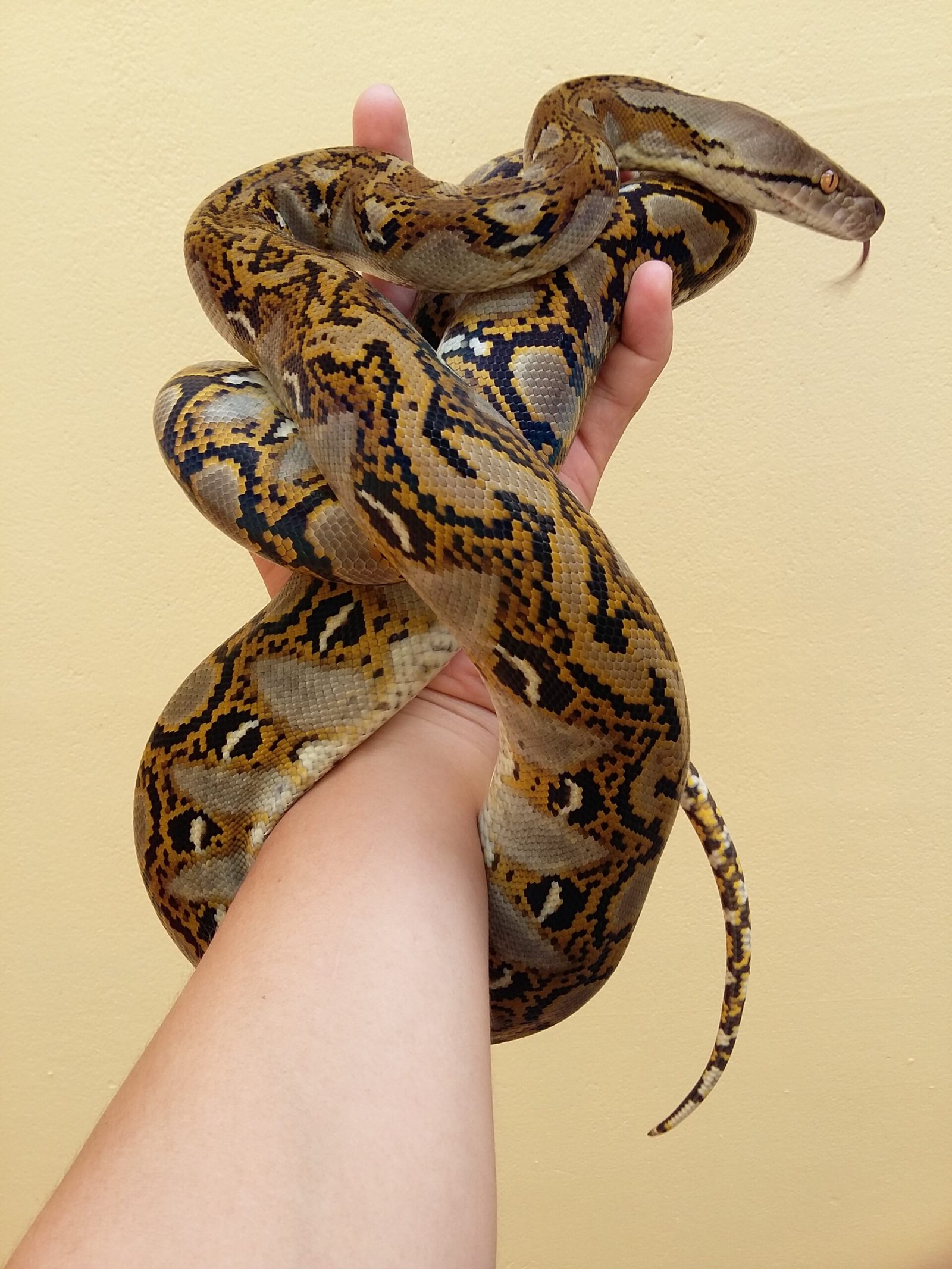
Reticulated Pythons are known for their incredible size and strength, making them one of the longest snakes in the world. While they are beautiful with their intricate patterns, they are not suitable for most pet owners. These snakes are highly intelligent and can be challenging to handle, often requiring specialized care and housing. Reticulated Pythons are known for their ability to escape from enclosures, which can pose a significant risk to both the snake and the surrounding community. They are best left to experienced snake keepers with the resources and knowledge to care for them properly.
11. Green Anaconda: The Massive Predator
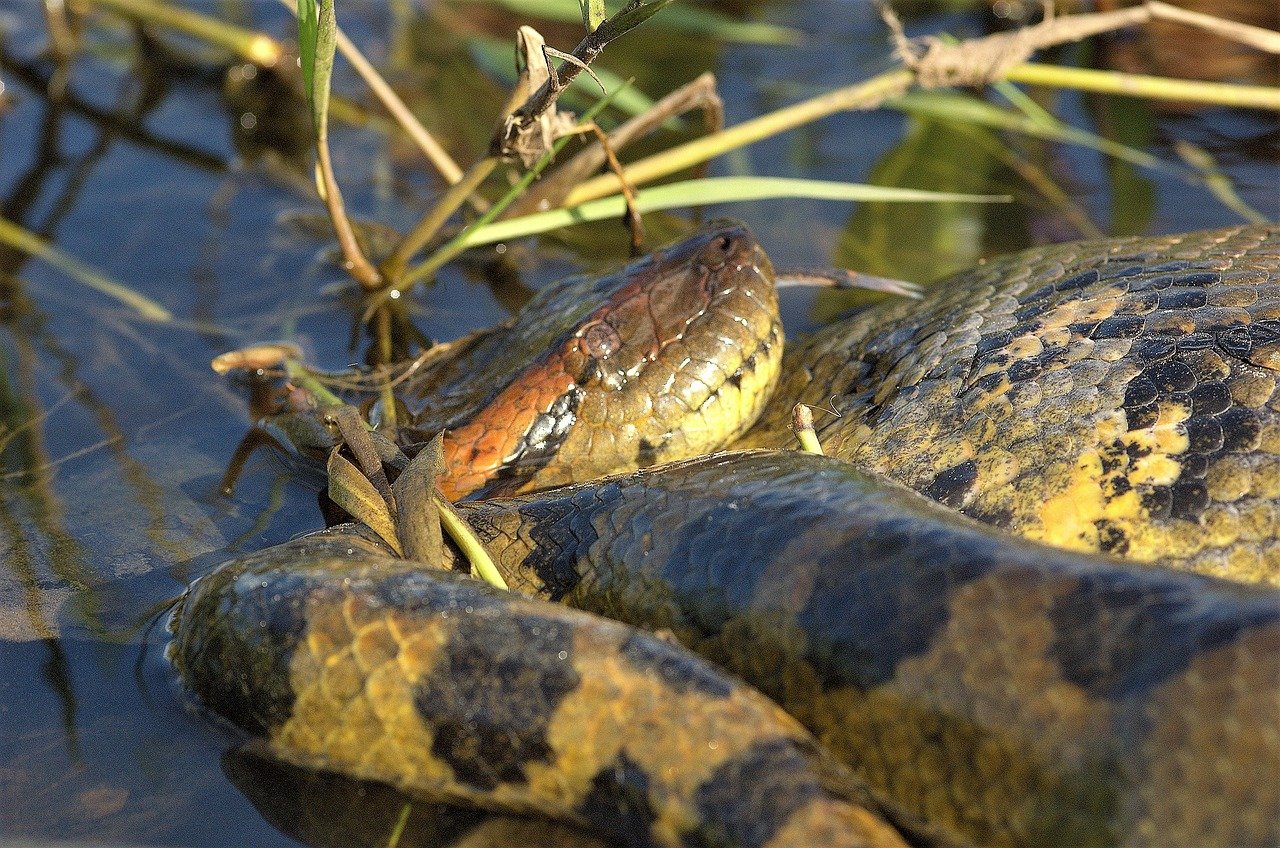
Green Anacondas are one of the heaviest and largest snakes in the world, making them a formidable presence in any setting. Their massive size and strength make them unsuitable for most pet owners, as they require extensive space and specialized care. Green Anacondas have a powerful bite and can be dangerous if not handled correctly. Their diet consists of large mammals, which can be costly and challenging to provide in captivity. These snakes are best left in the wild or in the care of professionals who have the experience and resources to manage them safely.
12. King Cobra: The Venomous Majesty
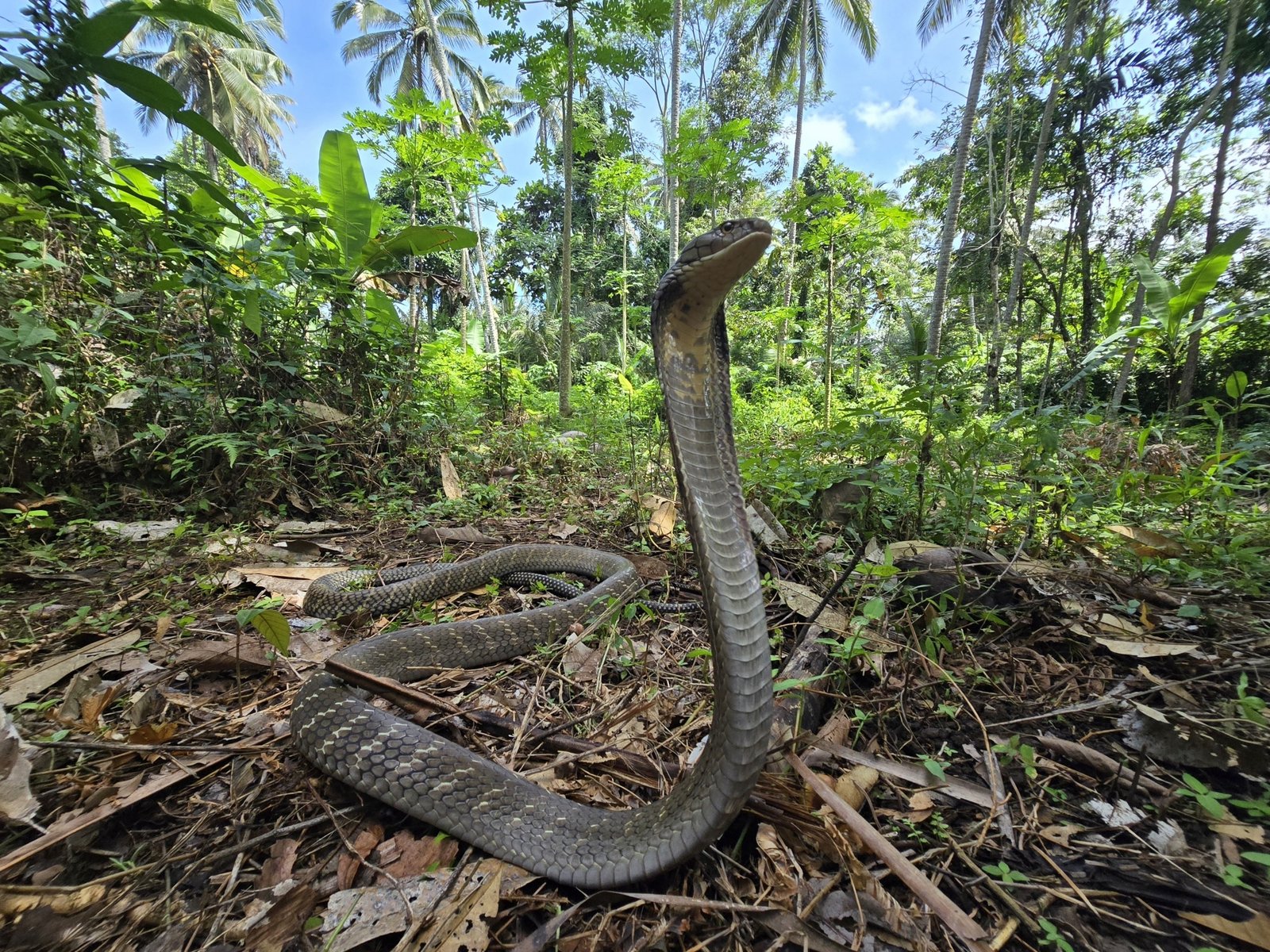
The King Cobra is a magnificent snake, known for its impressive size and potent venom. While they are fascinating creatures, they are not suitable for most pet owners due to the significant risks they pose. King Cobras require specialized care and handling, as their venom can be deadly to humans and other animals. These snakes are highly intelligent and can be unpredictable, making them a poor choice for inexperienced snake keepers. The dangers associated with keeping a venomous snake like the King Cobra far outweigh the benefits, making them a species to avoid as a pet.
13. Boomslang: The Lethal Beauty
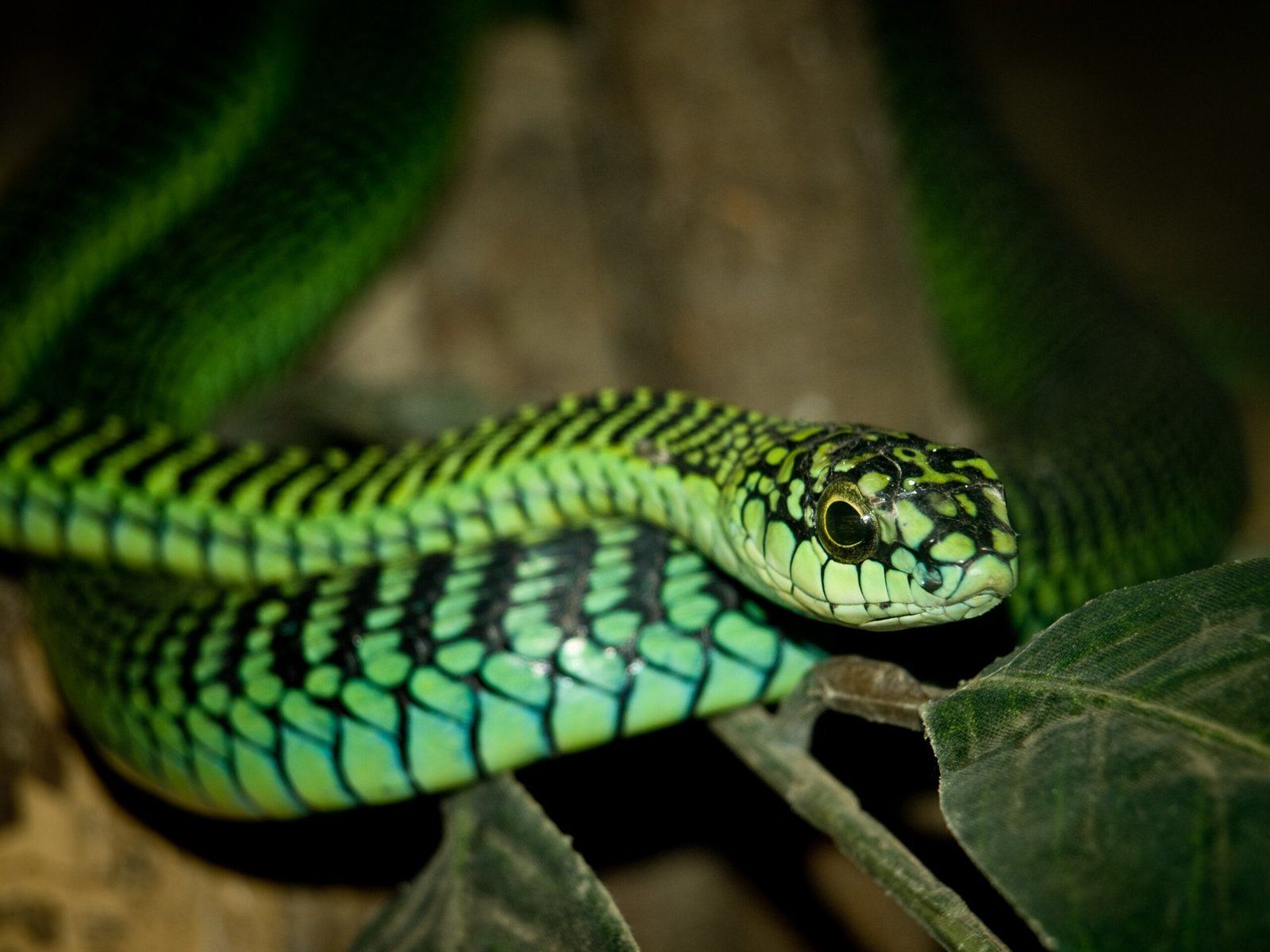
The Boomslang is a highly venomous snake that is native to sub-Saharan Africa. While they are beautiful with their striking green coloration, they pose significant risks to pet owners due to their potent venom. Boomslangs are rear-fanged, which means they can deliver a lethal bite if not handled correctly. These snakes require specialized care and handling, making them unsuitable for most pet owners. The potential dangers associated with keeping a venomous snake like the Boomslang make them a species to avoid, especially for those without extensive experience in handling venomous reptiles.

